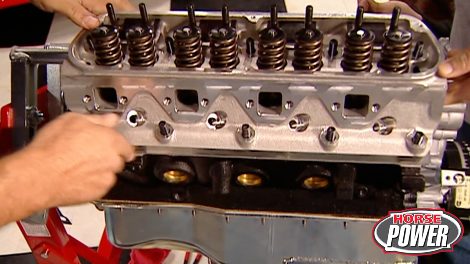
347 Ford Build-Up
It's a Ford day at the shop and we focus on building an affordable Stroker Ford engine, aiming to enhance its power and performance.
Season 9
Episode 5
Hosts: Joe Elmore, Chuck Hanson, Mike Galley
First Air Date: June 1, 2015
Duration: 18 minutes 42 seconds




























